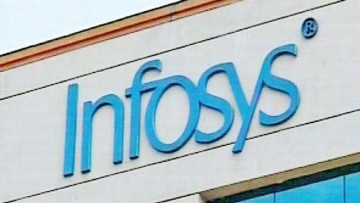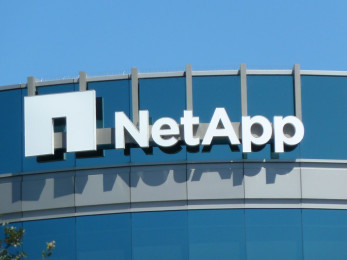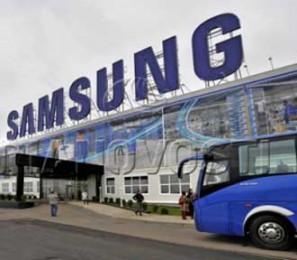 The abolition of roaming charges within the EU does not automatically lead to lower calling charges or reduced expenses for companies, according to telecom consultancy A&B Groep.
The abolition of roaming charges within the EU does not automatically lead to lower calling charges or reduced expenses for companies, according to telecom consultancy A&B Groep.
The outfit said that calling abroad were no cheaper, and was sometimes even more expensive. The costs for out-of-bundle calls increased, new subscriptions were more expensive, and companies are charged higher fees due to complex contracts.
Roaming charges are still applied in other European countries, calling from Switzerland, for example, has even become more expensive than before.
Under the title ‘Roam Like at Home’, the EU has put an end to the high fees charged by mobile providers for voice, SMS and internet use abroad, also known as roaming.
However, A&B Groep said that while abolition of roaming charges is a step in the right direction, it is not enough. It says that companies will not be able to save as much in costs as previously thought.
It was implied in recent months that roaming would be free of charge, but practice proves this to be a false implication, the outfit said
Ron Rijkenberg, CEO of A&B Groep said: “Why did the European Commission avoid dealing with this ‘real abolition’ of telecom country boundaries?” He clarifies his question with a practical example: “There is a person in the Netherlands. His colleague in Belgium uses his or her mobile telephone to call that person’s mobile telephone. The call is charged a higher fee than when the Belgian colleague first crosses the border with the Netherlands and then calls from the Netherlands. That roaming call has a lower charge than the international call.”
As of today, people in another EU country can use their standard bundle to call and use the internet. The current EU packages – as options in business telecom contracts – are voided by these new regulations.
Jorg Wiedijk said: “The perception that everything is now cheaper will lead to increased usage of data. The use of such data will now also be charged on to the national allowance. The data package limits are reached sooner, because of which the out-of-bundle charges will be charged when those limits are exceeded. Those rates have been drastically increased over the past months.”
Companies with existing contracts always receive an adjusted fee plan, as a result of which people will likely have to pay much more.
Also, optimisation of telecom contracts is not always possible during the term of the contract. The outside calling fee package charges can, therefore, lead to an increase in costs.



















